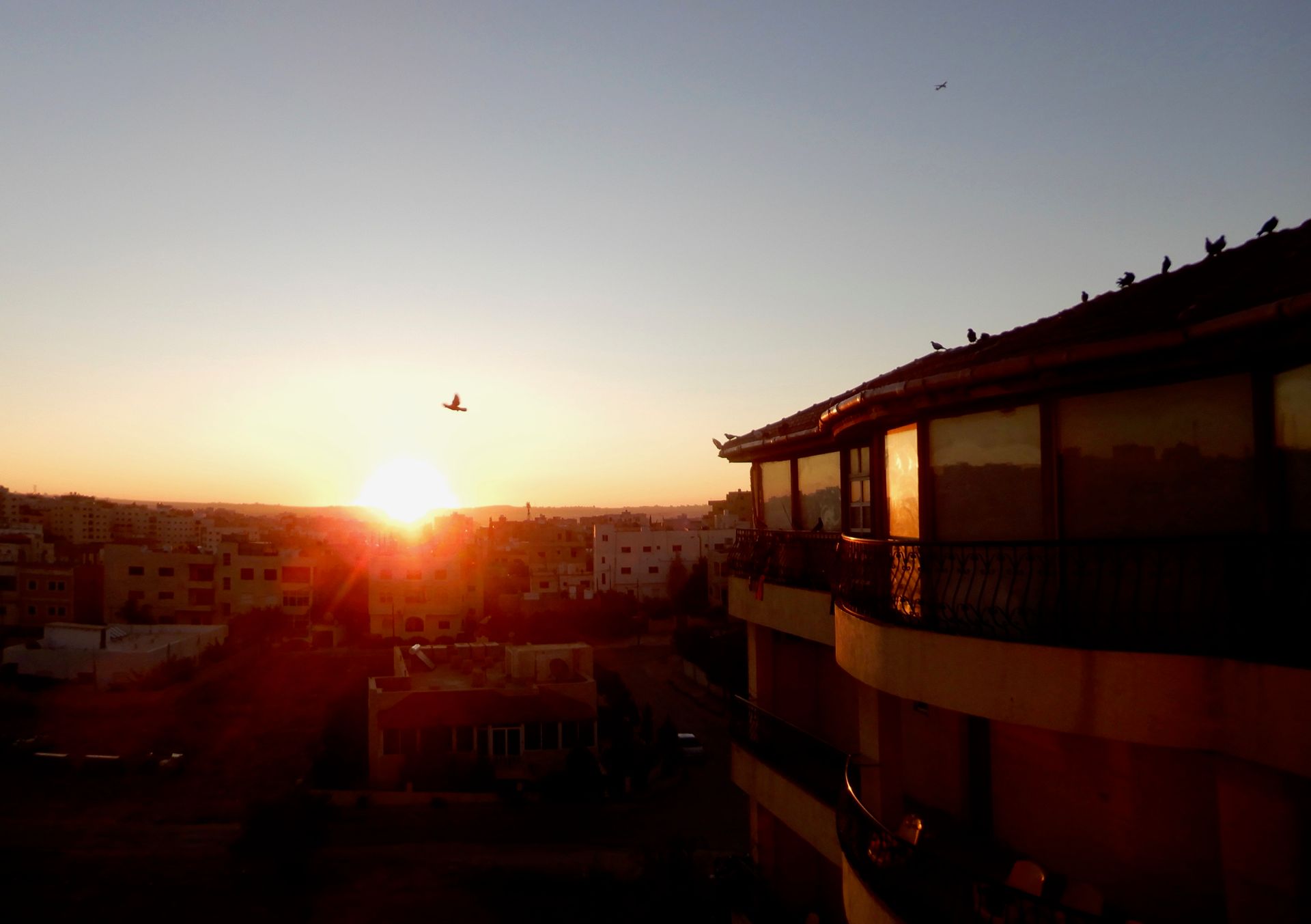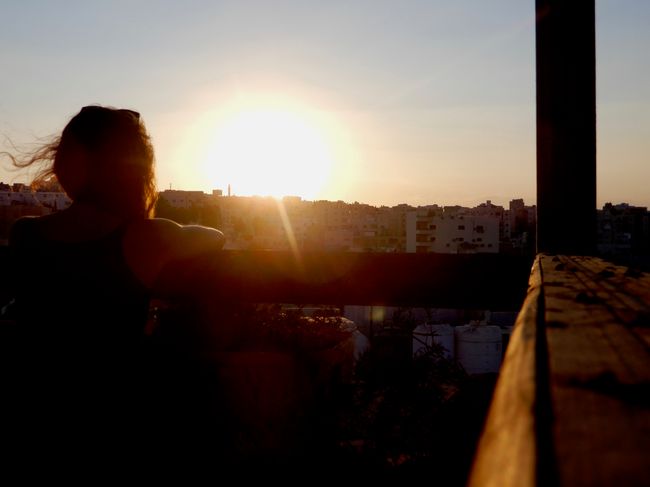Geschichtsstunde
Foillsichte: 10.02.2020
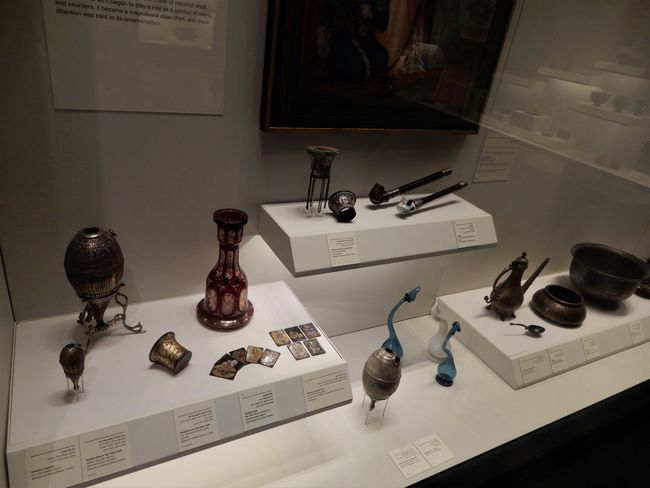
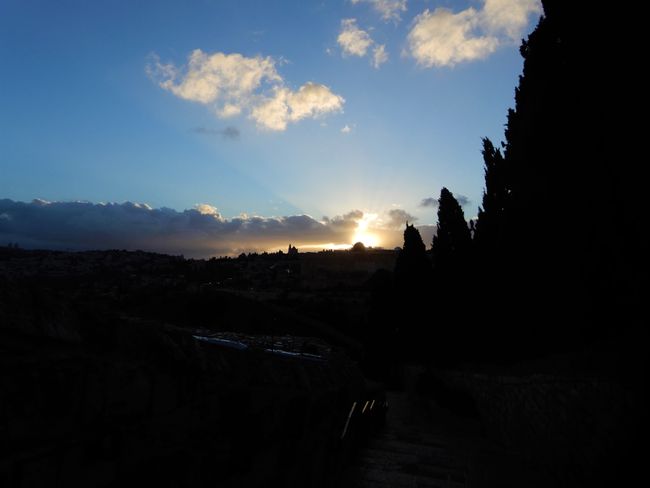
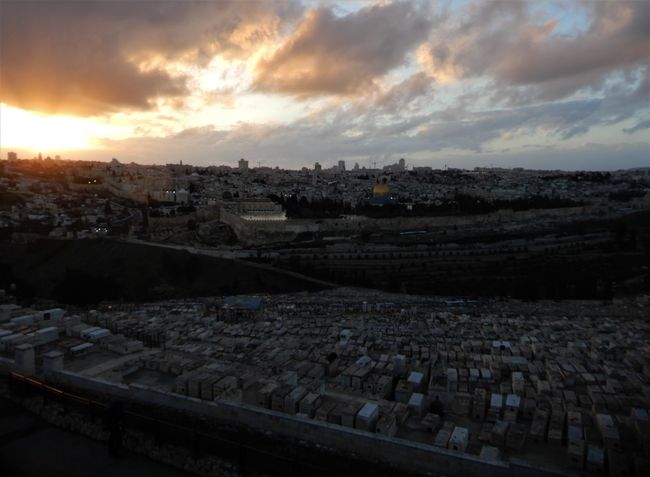
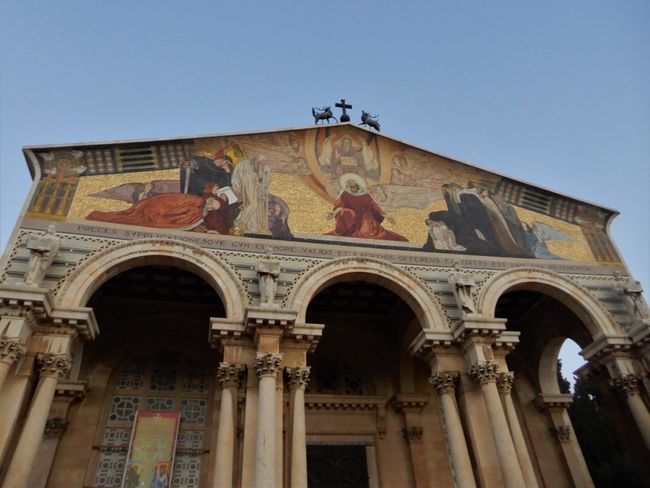
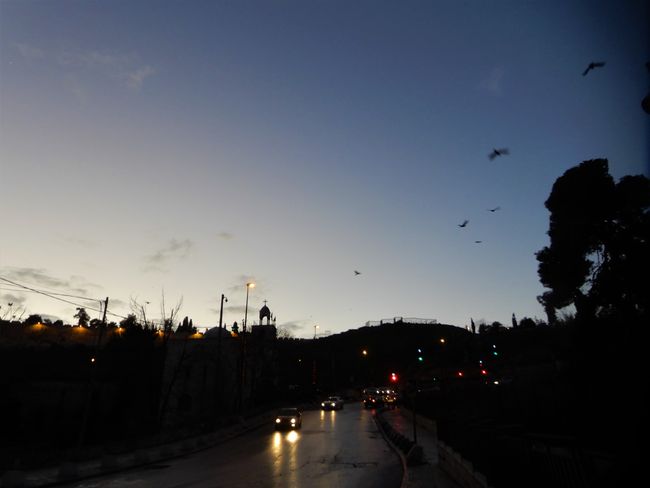
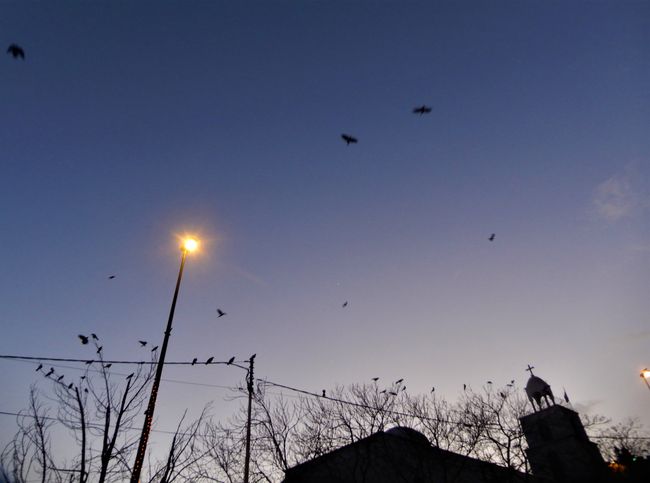
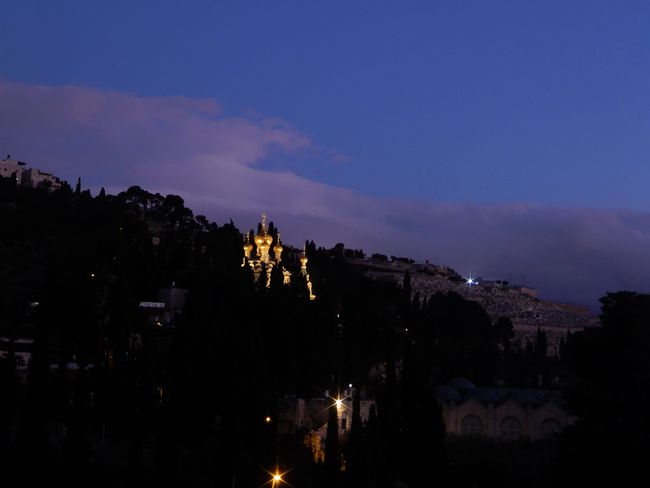
Subscribe to Newsletter
Saturday, 8th February
9 am. We sleep in a little longer once again and after breakfast at the hostel, we ask for some tips on what to do in Jerusalem on this gloomy weather day. We are told that the Israel Museum is worth a visit, so we set off on foot in the cold and rainy weather to get there.
We arrive at a huge museum complex, which makes us suspect that we won't be able to see everything before closing time. We start with the Dead Sea Scrolls, which are displayed in a separate building. These scrolls, found in the Judean Desert by Bedouins in 1947, are the oldest biblical texts in the world. They date back to the 3rd century BC and provide insights into the ancient Jewish history and the development of Christianity.
Next, we enter the main building where another part of the archaeological exhibition is located, along with a chronological representation of the country’s history since the beginning of humanity. Unfortunately, we enter the building from the wrong side and start in the middle of the history, which we only realize much later. So by the time we finally reach the beginning of the exhibition and try to understand everything from the start, it's already late and we have to hurry to see as much as possible. In the end, there are still many unanswered questions. This is partly because we couldn't see everything due to lack of time and also because this is an Israeli museum, so it's not surprising that certain things are left out. If you take a closer look, even the name of the museum can be debated. Based on what we have understood so far from ancient history (a mix of information from the museum and our own research), the following can be summarized:
It has been historically proven since around 1250 BC that Israelite tribes settled in the area that is now Israel and Palestine. Most historians believe (contrary to what the Bible describes) that most of the nomads who formed the people of Israel were already in the area and were reinforced by a small group of returnees from Egypt. It is possible that Yahweh was brought as a new god from there. Thus, monotheism is said to have originated here in the 11th century BC.
According to the Bible, the Israelite tribes united around 1000 BC, and shortly thereafter, the first temple was built in Jerusalem. According to biblical tradition, in the 9th century BC, the area that is now Israel and Palestine was divided into the two kingdoms of Israel in the north and Judah in the south, with Jerusalem as its capital. The northern kingdom of Israel was conquered by Assyria in the 8th century BC, which allowed the southern kingdom of Judah to prosper. The monotheism in the form of Judaism was further spread there.
In the 6th century BC, the southern kingdom, along with its capital Jerusalem, was then captured by the Neo-Babylonians and the first temple was destroyed. Despite the Jewish exile, the Jews were able to preserve their religious identity and built synagogues in the absence of the temple. After the end of the Neo-Babylonian Empire, the temple was rebuilt. In 333 BC, Alexander the Great conquered Anatolia and also made Palestine part of his empire. Under him, there was religious freedom, allowing Judaism to further develop.
In the last century BC, the region was finally conquered by the Romans. Palestine and Syria were united as the Roman province of Syria. Herod became the ruler of Judea and the king of Jerusalem in 43 BC. He then rebuilt and expanded the second temple, which was subsequently called the Herodian Temple. In 70 AD, a Jewish rebellion against the Roman Empire failed, resulting in the fall of Jerusalem and the destruction of the Herodian Temple (the western part of the retaining wall, which still exists today, is now known as the Western Wall). During a later Jewish rebellion, the Roman province known as Judaea was renamed Syria Palaestina. In 636 AD, as part of the Islamic expansion, the region was incorporated into the Muslim territory.
This is where the historical presentation of the Israel Museum ends. And it conveys (consciously or unconsciously) the impression that Arab and Muslim powers have unlawfully taken possession of the land, which implies (consciously or unconsciously) a justification for the existence of the present state of Israel. Of course, a lot more has happened between the year 636 and 2020. It would be too much to describe all of that in detail, but in the meantime, there were still the Crusaders, the Mamluks, the Ottomans, and the British in Palestine. So the existence of the state of Israel as it is today is by no means a self-evident or logical conclusion. We still have hundreds of unanswered questions about how the current status quo came about. But for today, we've had enough history lessons.
We leave the museum and are given a ride to the Old City by a friendly couple in their car. They drop us off right at the Dung Gate, from where we can hike up the Mount of Olives in just 20 minutes.
Luckily, halfway up, the strong wind blows away all the dark clouds, making way for a beautiful sunset over Jerusalem. When we finally reach the viewpoint, we are almost blown away by the icy and strong storm, but we get to enjoy the magnificent evening sky.
After a short break at the hostel, we manage to go to the Machane Yehudah Market again, where all the bars and restaurants are open tonight. We observe the hustle and bustle here while enjoying some pasta and knafeh and smoking shisha. When it's not Shabbat, there is really a lot to see here.
Subscribe to Newsletter
Freagairt
